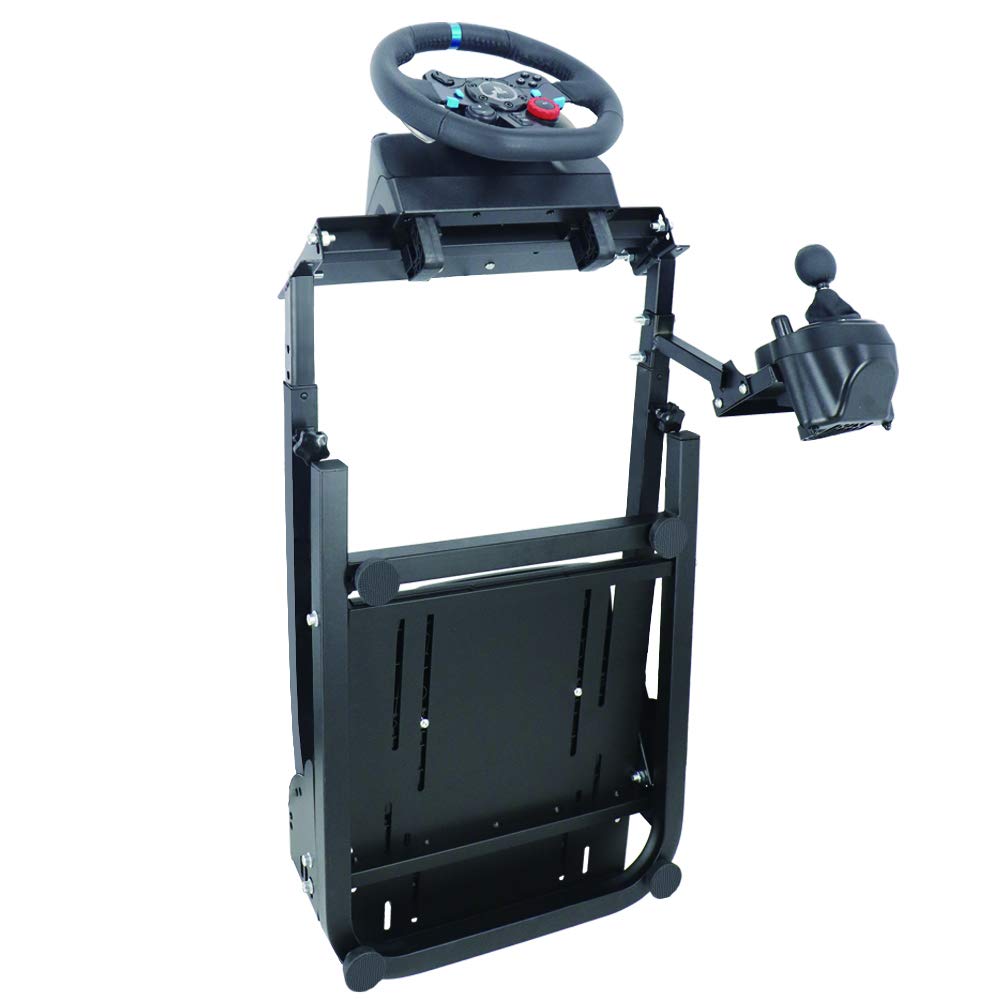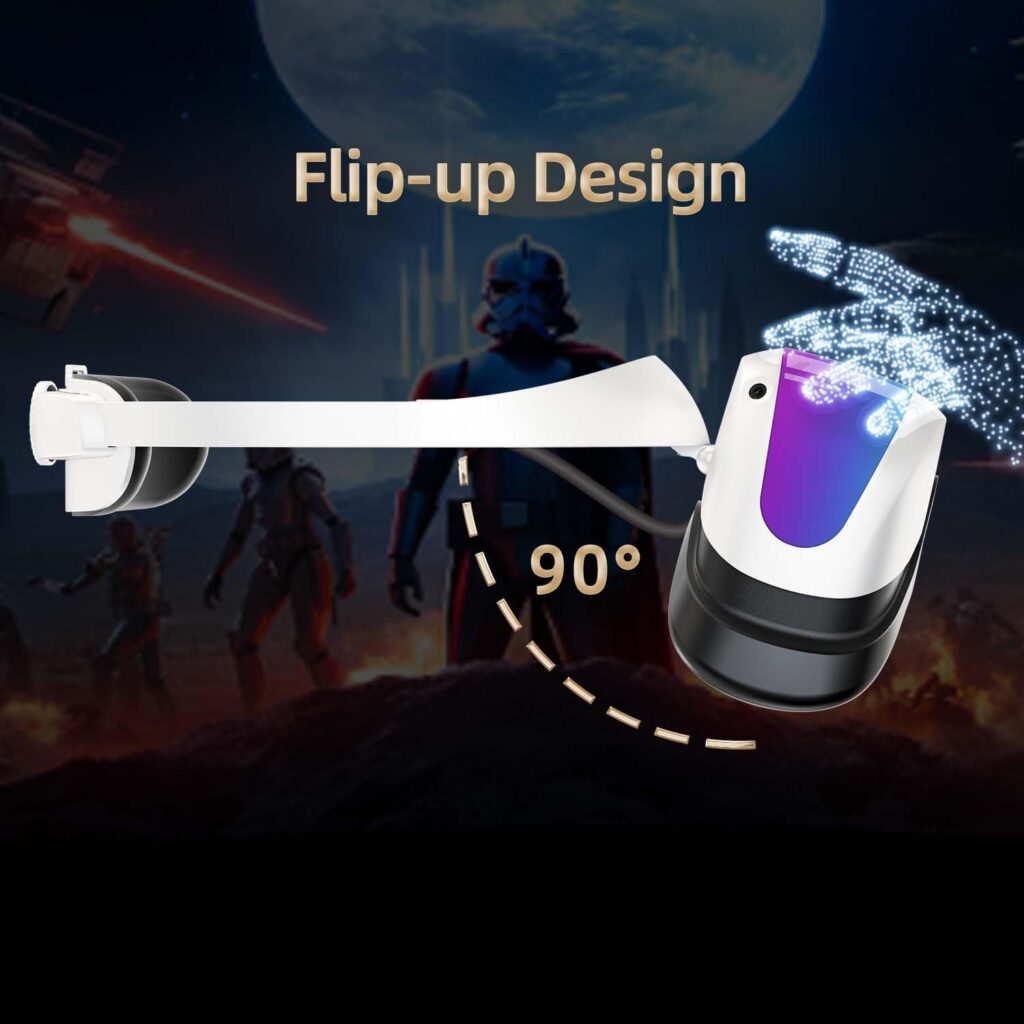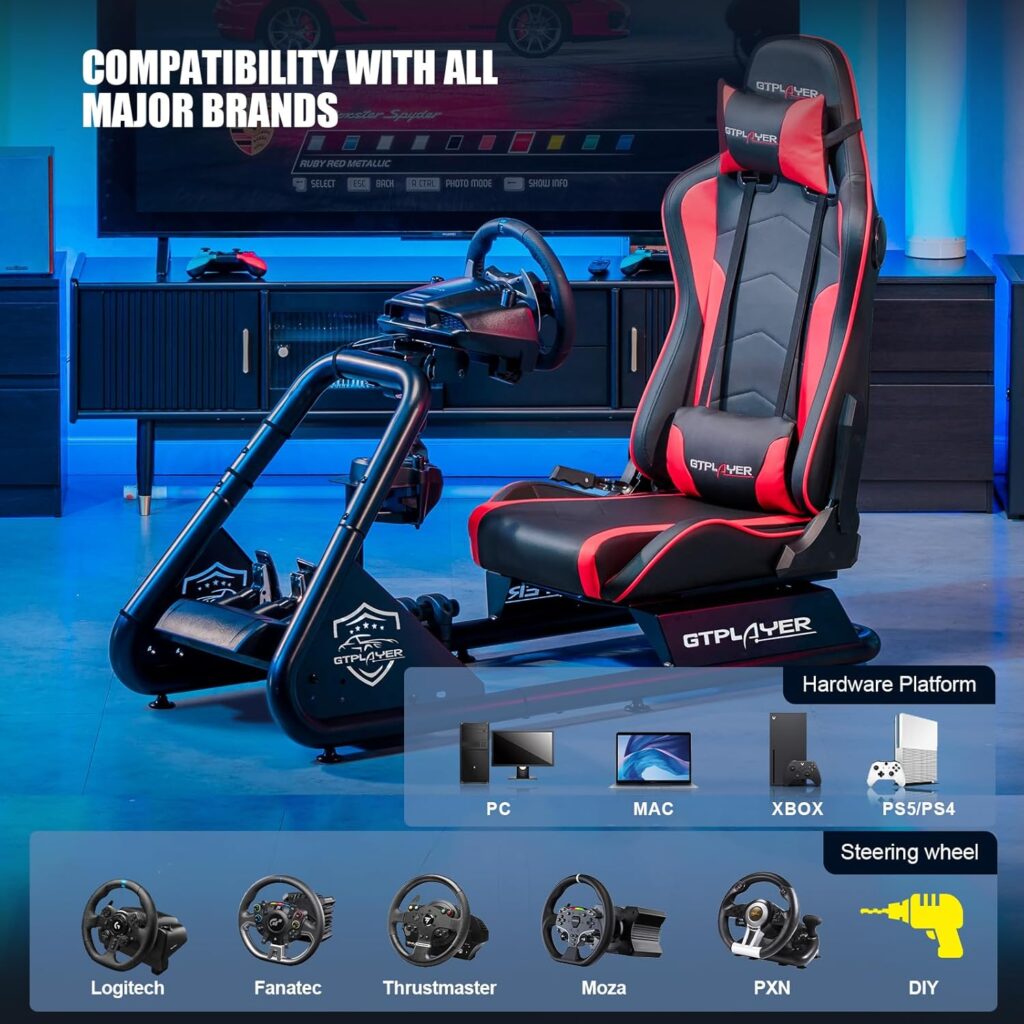In the exciting world of sim racing, mastering tire grip is the key to unlocking your full potential on the virtual track. But what exactly is tire grip, and how does it affect your performance? In this article, we will demystify the concept of tire grip, shedding light on its significance and providing valuable insights for sim racers of all levels. By the end, you’ll have a better understanding of this vital aspect of the virtual racing experience, ready to take your skills to new heights. So, buckle up and get ready to explore the fascinating world of tire grip in sim racing!
The Importance of Tire Grip
Tire grip is a crucial factor in determining the overall performance of a vehicle, whether in real-life driving or in the virtual world of sim racing. It refers to the amount of traction a tire can generate on the surface it is in contact with. The grip of your tires directly affects your ability to accelerate, brake, and maneuver through corners. It is the key to maintaining control, high speeds, and achieving optimum lap times.
Tire Grip and Vehicle Performance
In the world of sim racing, tire grip is an essential element that greatly impacts the overall performance of your virtual vehicle. The grip of your tires can be the difference between a smooth, controlled ride and one filled with spins, slides, and missed turns. Consistently maintaining high levels of tire grip allows for faster acceleration, shorter braking distances, and better cornering abilities. Understanding the factors that affect tire grip is crucial to maximize your performance on the virtual track.
The Role of Tire Grip in Sim Racing
Tire grip plays a fundamental role in sim racing. As a driver, your main objective is to extract the maximum grip from your tires at all times. This, in turn, allows you to push the limits of your virtual vehicle and achieve faster lap times. By mastering the art of tire grip management, you can enhance your driving skills and elevate your performance in any racing scenario.
Factors Affecting Tire Grip
Multiple factors come into play when it comes to tire grip in sim racing. Understanding these factors and how they interact with each other is crucial for maintaining optimal levels of grip and performance. The following factors directly affect tire grip:
Tire Compound
The choice of tire compound can greatly impact the grip levels of your tires. Soft compound tires provide excellent grip due to their sticky nature, but they wear out quickly. Medium compound tires strike a balance between grip and durability, making them a popular choice. Hard compound tires offer greater longevity but sacrifice some grip. Additionally, the choice between slicks and treads depends on the track conditions and weather, as each offers its advantages in specific scenarios.
Tire Pressure
Proper tire pressure is essential for maintaining optimal grip. Underinflated tires reduce the contact patch with the road, resulting in reduced grip and increased tire wear. Conversely, overinflated tires reduce the flexibility of the tire, leading to reduced grip and a harsher ride. Finding the optimal tire pressure for your sim racing setup is crucial for maximizing grip and ensuring consistent performance.
Tire Temperature
Tire temperature directly affects grip levels. Cold tires have reduced grip, making it harder to achieve the desired traction and control. On the other hand, hot tires can become overly soft, reducing their ability to maintain grip. Managing tire temperature through proper warm-up techniques and monitoring during races is essential to maintain consistent levels of grip and performance.
Tire Wear
Tire wear significantly impacts grip levels. As the tread depth decreases due to wear, the tire’s ability to displace water reduces, making it more susceptible to hydroplaning on wet tracks. Additionally, worn tires provide less surface area in contact with the road, reducing overall grip. Proper maintenance of tire wear by regularly checking tread depth and replacing tires when necessary is crucial for maintaining optimal grip.
Track Conditions
The conditions of the track, whether dry or wet, greatly affect tire grip. Dry tracks offer optimal grip levels, allowing for faster speeds and more aggressive driving. Wet tracks, on the other hand, reduce tire grip due to the presence of water, requiring drivers to adjust their driving style accordingly. Additionally, build-up of rubber on the racing line can enhance grip levels, providing an advantage to drivers who stay within the optimal racing line.
Tire Compound
Choosing the right tire compound is essential for maximizing grip in sim racing. Soft compounds offer the highest levels of grip due to their sticky nature. They are ideal for shorter races or situations where ultimate grip is required. However, they wear out quickly, requiring frequent tire changes. Medium compounds strike a balance between grip and durability, making them a popular choice for longer races. Hard compounds offer the highest durability but sacrifice some grip. The choice between slicks (smooth tires) and treads (tires with grooves) depends on the track conditions and weather, with each offering its advantages and disadvantages.
Tire Pressure
Optimal tire pressure is crucial for maintaining grip and maximizing performance. Underinflated tires reduce grip by reducing the contact patch with the road. This leads to decreased responsiveness and increased tire wear. Overinflated tires, on the other hand, reduce the flexibility of the tire, reducing its ability to conform to the road surface and resulting in reduced grip. Experimenting with different tire pressure settings and finding the optimal balance for your sim racing setup is essential for achieving peak performance.
Tire Temperature
Maintaining the right tire temperature is essential for consistent grip levels in sim racing. Cold tires have reduced grip, making it more challenging to achieve the desired traction and control. It is important to warm up your tires before pushing to their limit on the track. On the other hand, hot tires can become overly soft, reducing their ability to maintain grip. Monitoring tire temperature throughout races and adjusting driving style when necessary is crucial for maximizing grip and performance.
Tire Wear
Tire wear directly affects the grip levels of your tires. As the tread depth decreases due to wear, the tire’s ability to displace water reduces, increasing the risk of hydroplaning on wet tracks. Worn tires provide less surface area in contact with the road, resulting in reduced overall grip. Regularly checking tread depth and replacing tires when necessary is crucial for maintaining optimal grip and ensuring the safety and performance of your sim racing setup.
Track Conditions
The conditions of the track have a significant impact on tire grip in sim racing. Dry tracks offer the highest levels of grip, allowing drivers to push their virtual vehicles to their limits. Grip is enhanced on dry tracks due to the absence of water, providing optimal conditions for aggressive driving. Wet tracks, on the other hand, reduce tire grip due to the presence of water. Drivers must adjust their driving style, braking distances, and cornering techniques to maintain control and optimize grip. Additionally, the build-up of rubber on the racing line can enhance grip levels, rewarding drivers who stay within the optimal line.
Techniques to Improve Tire Grip
Mastering techniques to improve tire grip in sim racing can greatly enhance your performance on the virtual track. By focusing on smooth steering and throttle inputs, you can avoid sudden movements that can disrupt tire contact with the road surface. Proper weight transfer and cornering techniques allow for maximum utilization of tire grip and better control of your virtual vehicle. Additionally, finding and sticking to the optimal racing line helps maintain higher levels of grip throughout the race, resulting in faster lap times and improved performance.
Using Tire Grip to Enhance Performance
Understanding how to utilize tire grip to enhance performance is crucial in sim racing. Maintaining traction in turns by utilizing the grip of your tires allows for faster cornering speeds and smoother exits. Proper braking techniques, such as trail braking, can maximize grip during deceleration, allowing for later and more aggressive braking. Accelerating out of corners with controlled throttle inputs maximizes the traction available to you, giving you a competitive advantage over your opponents.
Sim Racing Setups for Tire Grip
When it comes to setting up your virtual vehicle for optimal tire grip, several factors come into play. Choosing the right tire compound for the specific track conditions and race length is essential for maximizing grip and performance. Experimenting with different tire pressure settings can help find the optimal balance between grip and responsiveness. Monitoring tire temperature and making adjustments throughout races ensures consistent grip levels. By fine-tuning these variables in your sim racing setup, you can optimize tire grip and elevate your performance on the virtual track.
In conclusion, understanding the importance of tire grip in sim racing is vital for achieving maximum performance and enjoyment. By considering factors such as tire compound, tire pressure, tire temperature, tire wear, and track conditions, you can fine-tune your sim racing setup to maintain optimal grip levels. By mastering techniques to improve tire grip and utilizing it to enhance performance, you can elevate your skills on the virtual track. So, remember to pay attention to your tire grip, and enjoy the thrill of sim racing!




